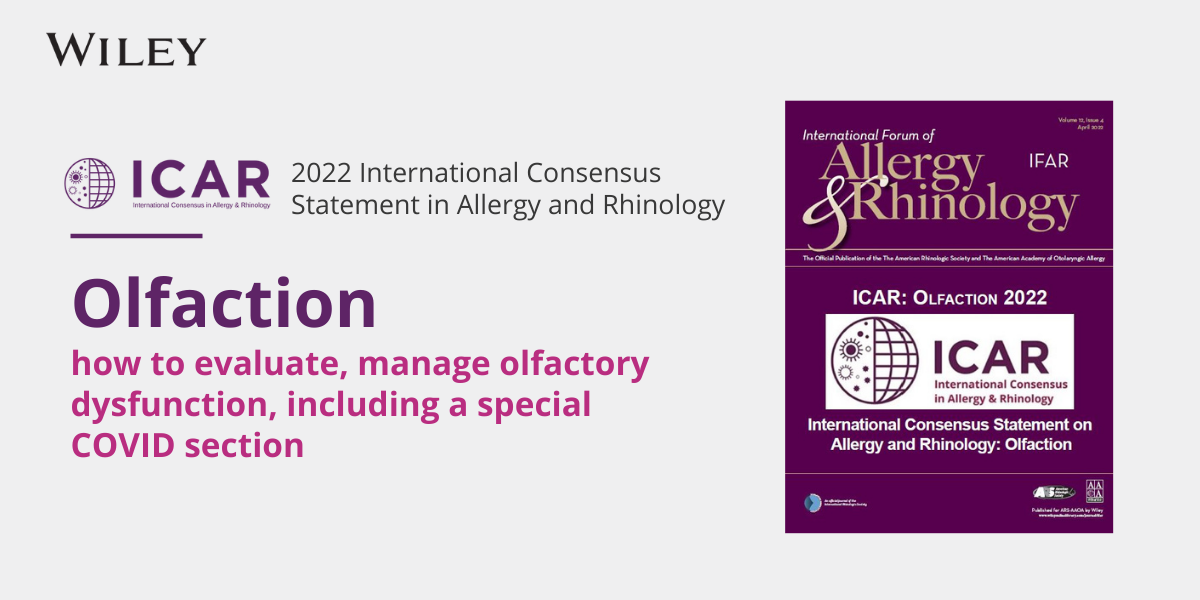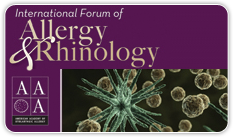By Scott Fortune, MD, FAAOA As a physician deeply committed to patient safety and public health, I am extremely alarmed by the recent surge in recreational misuse of diphenhydramine (Benadryl), particularly among young people. The trend documented in the recent Wired article…
Drug-Induced Sleep Endoscopies (DISE): Questions Answered
5.
Drug-Induced Sleep Endoscopies (DISE): Questions Answered
Hot sessions generating great questions from the 2024 Annual Meeting included Dr. Mason’s session on drug-induced sleep endoscopies (DISE). Below are the most common.
Q: Who should get a drug-induced sleep endoscopy (DISE)?
A: DISE is an evaluation of airway collapse during pharmacologically induced sleep. Often it is done on patients with sleep apnea who have tried and failed CPAP is DISE and are looking for alternatives. Patients considered for surgery, oral appliances, or positional therapy could also benefit from DISE. For your snoring patients, DISE could be used to determine the anatomic site, whether nose or palate to help assess surgical options. You may consider DISE for patients where obstructive sleep apnea (OSA) surgery has failed to cure.
Q: What about the patient who has a hypoglossal nerve implant?
A: DISE is done on all patients prior to hypoglossal nerve implantation to make sure they are candidates. It also can predictor poor responders (those patients with oropharyngeal collapse and complete tongue base collapse are less likely to respond to the implant). A DISE can also be done after implantation especially on those patients who the implant is not working well for and look at supplemental surgery as well as other techniques like adding an oral appliance, positional therapy, medications or other surgeries. However, typically would start with them in clinic awake and do a laryngoscopy with different settings to see if that will help with alternative settings for the patient.
Q: Is DISE really like sleep?
A: Propofol maintains some genioglossus muscle activity, which seems to be the most important aspect of comparing it to sleep. DISE does not mimic natural sleep with sleep cycles (e.g. does not mimic REM) so it may underestimate it slightly. However, minimal oxygen saturation and apnea-hypopnea index have been found to be similar.
Q: I’ve recently started doing the hypoglossal nerve stimulation implant. There’s been some struggles with efficiency. The set-up takes a long time. Is there a typical time I should expect to commit?
A: The time of surgery can of course vary depending on a lot of factors (patient anatomy, whether your surgical assist and staff are familiar with the procedure, etc). A good goal is to aim for under 2 to 2.5 hours for the implant and 15 minutes for the DISE. This will of course improve as you get comfortable with the procedure. The best way to reduce time is staff education either with a presentation or a handout as this will help speed things up if everything is ready. Also clear communication with anesthesia is helpful as this also is where time can sometimes be unnecessarily wasted.
Q: What about cost-effectiveness of DISE? The disposable scopes are not cheap.
A: Cost for disposable scopes and the time and cost of having the reusable scopes cleaned should both be considered as you consider your options. There are pros and cons to both types. Some hospitals already have disposable scopes as staffing for cleaning scopes is also sometimes challenging, infectious disease risk as well as availability of multiple scopes and time to clean them can limit the reusable kind. Getting creative with scheduling is an option if reusable scopes make the most financial sense for your practice (not putting a lot of DISEs in a row). Also combining with other procedures like turbinate reduction when appropriate can also help. The work RVU’s are similar to an ear tube, if you want to set this as your cost target to improve cost effectiveness.
Q: If you see someone in the clinic and they have massive tonsils (e.g. 4+ tonsils), do you take out the tonsils first or do you do it at the same time?
A: This is a personal preference. Typically, some practices DISE at the same time. With this approach, you won’t be able to evaluate the oropharynx as well, but the other sites should not be affected. Patient consideration is key. Adult patients may need time to consider a tonsillectomy so occasionally you may want to DISE first. Nasal surgeries are often a great procedure to add with the DISE surgery. You can always repeat the DISE later if you think the outcome may be different after tonsillectomy.
Q: During a DISE, is low flow oxygen ok?
A: This depends on training and working relationship with your anesthesiologist. Anesthesiologists may raise the concern that they need a CO2 monitor. To accommodate, you can put low flow oxygen in the mouth. It makes it more uncomfortable for the patient but can be done without affecting the results. Typically tell the anesthesiologist to try not to put the oxygen on just the monitor. Perhaps explaining to the anesthesiologist that this is what the patient does at home without oxygen may help.
Q: Does DISE increase the success rate of OSA surgeries?
A: The data is mixed. It does seem to change management but may not yet increase success. Right now it is helping with contraindications to the hypoglossal nerve implant as well as finding those patients that may be poorer performers (those patients with oropharyngeal collapse and complete tongue base collapse are less likely to respond to the implant). More research is currently being done on how we can use DISE to help with success rates so likely more about this topic in the future.
Q: Do you record your DISE exams? Have you had a reason to go back and check it out again?
A: This is a personal choice. If you have a high volume of DISE, it may not be practical to record every one. If there is an unusual or mixed result, it can be helpful to show a recording to the patient when discussing management with them. This also helps to send to colleagues to weigh in on options for the patient that isn’t as straight forward.
Source: “Adding DISE ‘Drug Induced Sleep Endoscopies’ to Your Surgical Practice” presented by Christie DeMason, MD, 2024 AAOA Annual Meeting
Interested in learning more about sleep in otolaryngic allergy? The hybrid Explorers Course offers sessions on sleep and treating OSA diagnosis and management.
The American Academy of Otolaryngic Allergy (AAOA) Practice Resources are intended as a guide to help AAOA members integrate allergy into their otolaryngology practice and to continually improve on this integration as new information, regulations, and resources become available.
While these tools are meant as resources, we highly recommend seeking input from your practice counsel and local/state medical associations and regulatory authorities, as rules vary between states. Each practice is responsible for confirming coverage, coding, and payment parameters for those payers and regulators affecting their practice. Our intention is to offer insights by sharing what others within AAOA do. These are not meant as recommendations.




